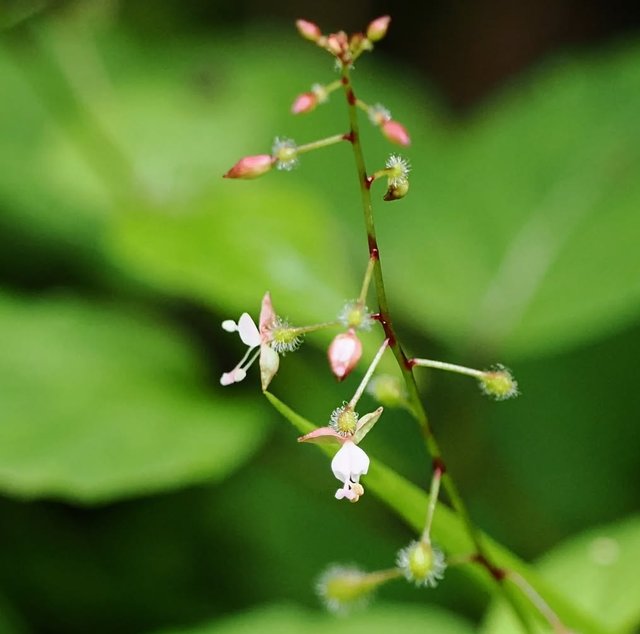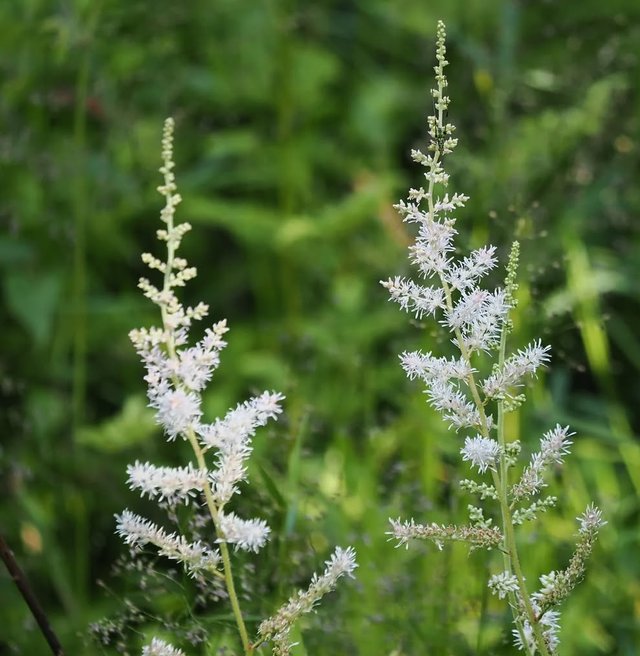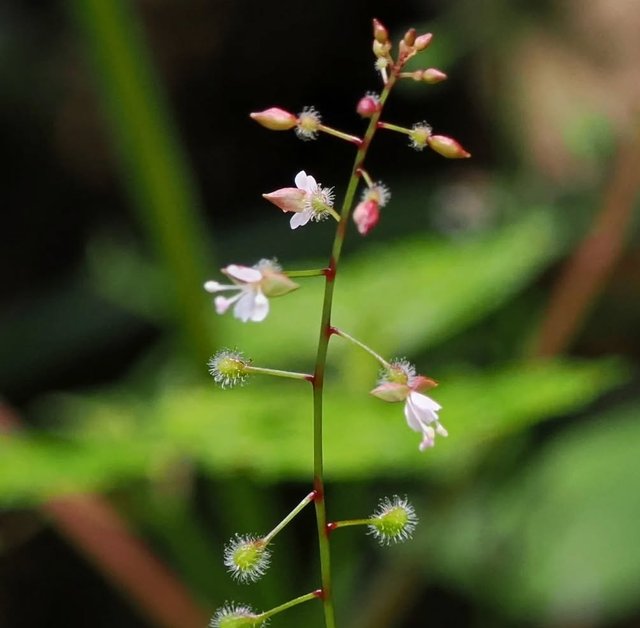So Beautiful Hypericum Erectum Flower
Hypericum erectum: A Comprehensive Overview
Introduction
Hypericum erectum, a lesser-known but ecologically and medicinally intriguing member of the genus Hypericum, belongs to the family Hypericaceae. Commonly referred to in some regions simply as "upright St. John's wort," this herbaceous plant is native to parts of East Asia, especially Japan and Korea, where it grows in forest edges, open meadows, and grasslands. While it shares some similarities with its more famous cousin, Hypericum perforatum, H. erectum stands out due to its unique botanical characteristics, subtle beauty, and phytochemical potential.
Botanical Description
Scientific Name: Hypericum erectum
Family: Hypericaceae
Genus: Hypericum
Growth Form: Erect herbaceous perennial or annual
Height: Typically grows 30–70 cm tall
Leaves: Opposite, sessile or shortly petiolate, ovate to lanceolate; margins are smooth, and translucent glands may be present
Stems: Slender, erect, and branched; greenish and slightly angled
Flowers: Bright yellow, five-petaled, arranged in terminal cymes; conspicuous stamens form a bushy central tuft
Flowering Season: Summer
Fruit: Small capsules that split open at maturity to release numerous tiny seeds
Habitat and Distribution
Hypericum erectum is native to East Asia, especially Japan, where it thrives in montane meadows, roadsides, and clearings. It prefers full sun to partial shade and grows well in moderately moist, well-drained soils. While it is not widely cultivated, it occasionally appears in ornamental and medicinal gardens due to its appealing floral display and traditional uses.
Ecological Significance
Though modest in appearance, H. erectum plays a role in local ecosystems as a nectar source for bees, butterflies, and other pollinating insects. Its presence in semi-natural grasslands contributes to biodiversity and indicates healthy, undisturbed habitats. The plant’s adaptability to disturbed environments also allows it to serve as a pioneer species in certain ecological succession processes.




%20(7).jpeg)